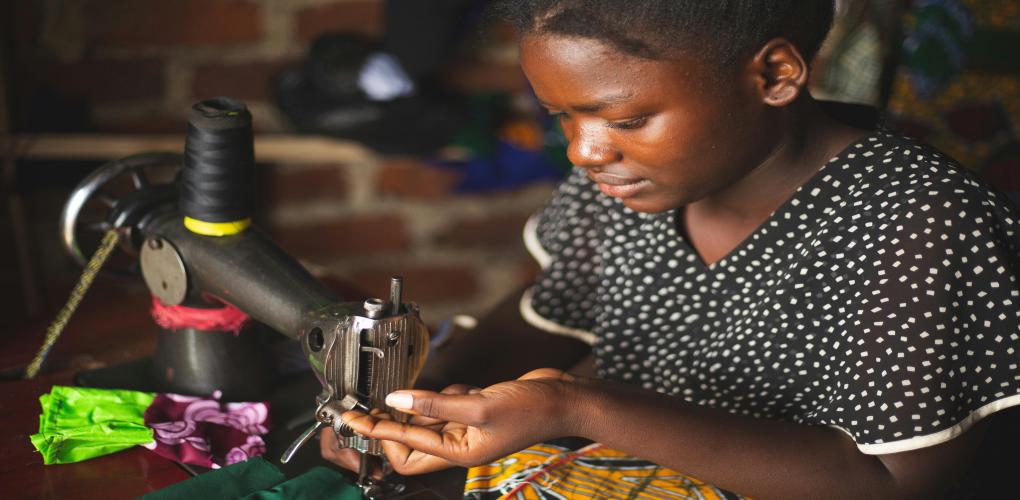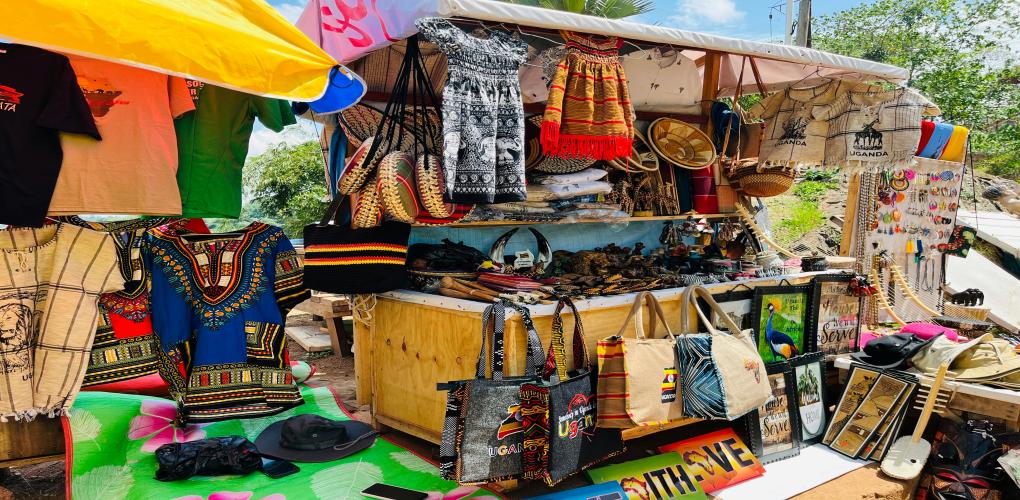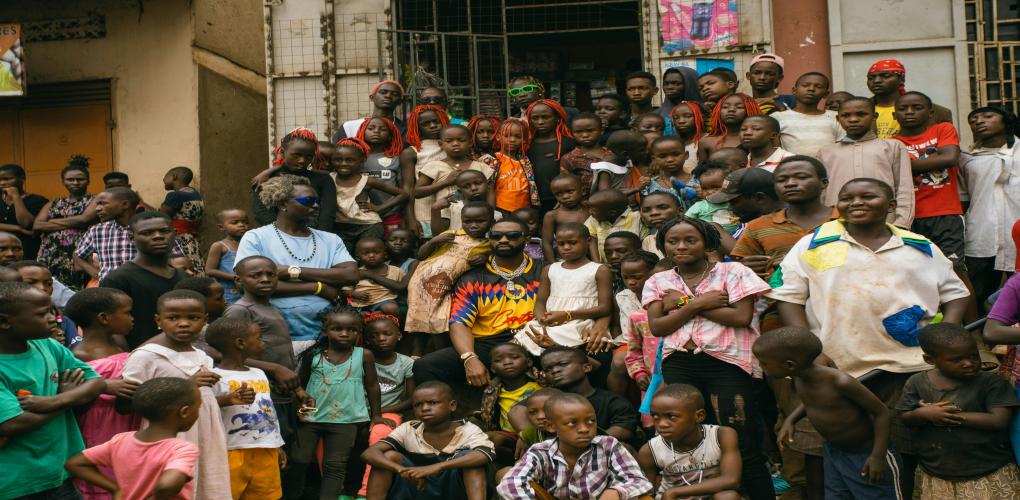
Real Stories & Challenges
Charity Ayiorwoth – tailoring workshop in Kamwokya, Kampala
Charity runs a small tailoring business in inner-city Kampala. Freed from formal employment, she still faces heavy hardships like frequent power outages (up to 2–3 times per week, sometimes for a full day), causing delays, lost work, and frustrated clients. The lack of reliable electricity severely restricts production capacity and professionalism Wikipedia+15satisfashionug.com+15The EastAfrican+15
Local Tailoring and Fashion Industry Struggles
-
Uganda’s fashion and textile sector remains fragmented, small-scale, and underfunded. There is limited infrastructure, weak institutions, and almost no steady government support The EastAfricansatisfashionug.com
-
Many tailors and designers lack access to affordable financing or formal credit, which makes scaling or exporting near impossible nsubugaronnie.comThe Bold Woman Fund.
-
Imported secondhand clothes (mivumba) flood the local market, often being cheaper and preferred, undercutting locally produced garments and making it harder for tailors to compete Vogue Business+2The EastAfrican+2The Bold Woman Fund+2.
Export & Market Entry Barriers
-
Exporting requires packaging upgrades, proper value‑addition, and cold chain logistics—areas where local tailors or small studios rarely meet international standards Monitor+1The Bold Woman Fund+1.
-
High transport costs worsen this: Uganda is landlocked, and road transport to seaports costs about US $2.50 per ton—double the average rate in better-connected regions satisfashionug.com+1Trade.gov+1.
-
Many designers, such as Agnes Netunze Kitumba, note that VAT at 18 % and limited government support make their products non-competitive in global markets eprcug.org+14Monitor+14Monitor+14.
Difficulty Adapting to Global Preferences
Agnes Netunze Kitumba of Arise Kollections shared that even when they reached U.S customers via AGOA, it was challenging to adapt designs and seasonal trends. Competition with global fast-fashion brands and lack of financial incentives made sustaining exports difficult Agoa.info+2Monitor+2Monitor+2.
A Compelling Profile: Charity Ayiorwoth’s Tailoring Business
-
Location: Kamwokya, Kampala
-
Challenges: inconsistent power, unreliable fabrics, no export logistics, overwhelmed by imported and secondhand clothing.
-
Impact: delays, missed opportunities, client dissatisfaction, and inability to grow or target markets beyond Kampala.
Why Selling to Global Markets Is So Hard
| Challenge | Explanation |
|---|---|
| Unreliable Infrastructure | Frequent power outages and costly imports of fabrics and materials slow production and raise costs satisfashionug.com. |
| Imported Competition | Secondhand clothes dominate the local market, often sold at lower price, discouraging domestic garment sales satisfashionug.comVogue Business. |
| Export Complexity | Packaging standards, logistics, and cold chain are often inaccessible to small tailoring outfits MonitorMonitor. |
| Regulatory & Financial Barriers | High VAT, lack of e‑commerce policy clarity, and weak consumer protection hamper trust and scale The Bold Woman FundMonitor. |
| Brand Perception Gaps | Local designers must adapt to foreign tastes and seasonal demand—skills that take time, insight, and resources to build MonitorMonitor. |
How Cashtopia Helps Tailors Thrive
1. Digital Payment Acceptance via QR & Payment Links
Cashtopia offers QR code payments and easy payment links, enabling tailors to receive payments seamlessly even from customers abroad without needing cards or bank accounts This removes a major friction point for international sales.
2. Becoming Agents: New Income Streams
Tailors or fashion entrepreneurs in local communities can become Cashtopia agents. They facilitate transactions like remittances or bill payments, earn commissions, and build trust in their community while also gaining familiarity with the platform they can use in their own business
3. Receiving International Remittances Easily
For tailors selling to diaspora customers or international clients, Cashtopia’s lower-cost remittance service enables fast payments directly into their mobile wallet much more affordable and reliable than informal channels .
4. Secure Virtual Card Usage for Suppliers
Tailors needing inputs fabric, accessories can use Cashtopia’s virtual card to pay online or directly to suppliers, improving access to better materials without relying on cash-based transactions
5. Real-Time Tracking & Data Insights
Cashtopia provides business owners with real-time statements and transaction logs, helping tailors track orders, payments received, and client relationships. This transparency helps them manage cash flow and build trust with clients.
A Tailor’s Journey: Inspired by Real Stories
Imagine Grace, a small tailor in Kampala. She designs beautiful garments but struggles: clients don’t want to chat about paying with mobile money or card. When tourists or diaspora clients show interest, she can’t easily invoice them digitally. She misses sales.
Then she discovers Cashtopia. Grace signs up, receives training, and becomes a payment agent in her neighborhood. She begins accepting QR and payment link payments confidently. A client living abroad now pays her via payment link after approving a design photo. Grace prints and ships the dress, payment secured in minutes via her Cashtopia mobile wallet.
Shortly, other clients pay the same way. Grace saves time and money. She escalates from informal barters and incomplete transactions to dependable cross-border orders—all while earning income as an agent serving neighbors who need remittances or bill payments.


